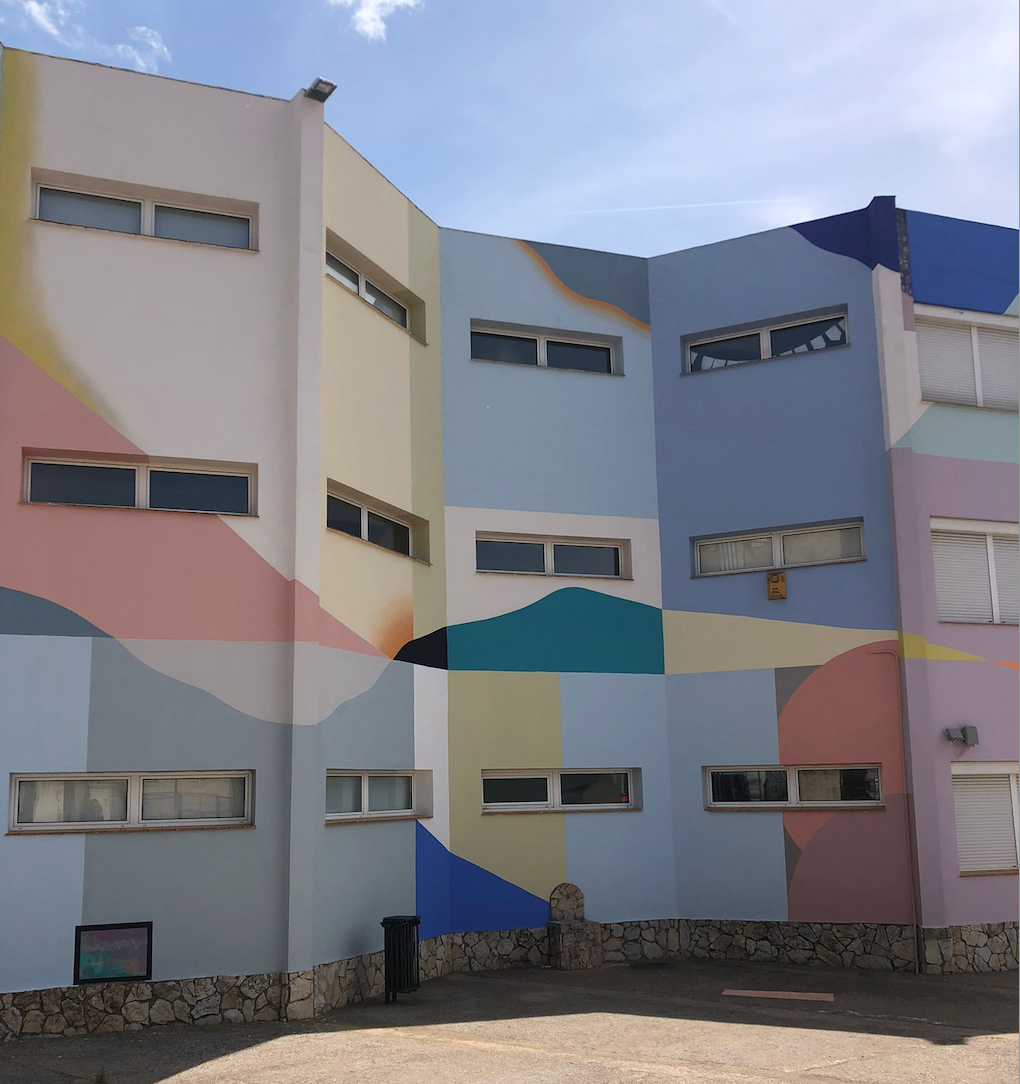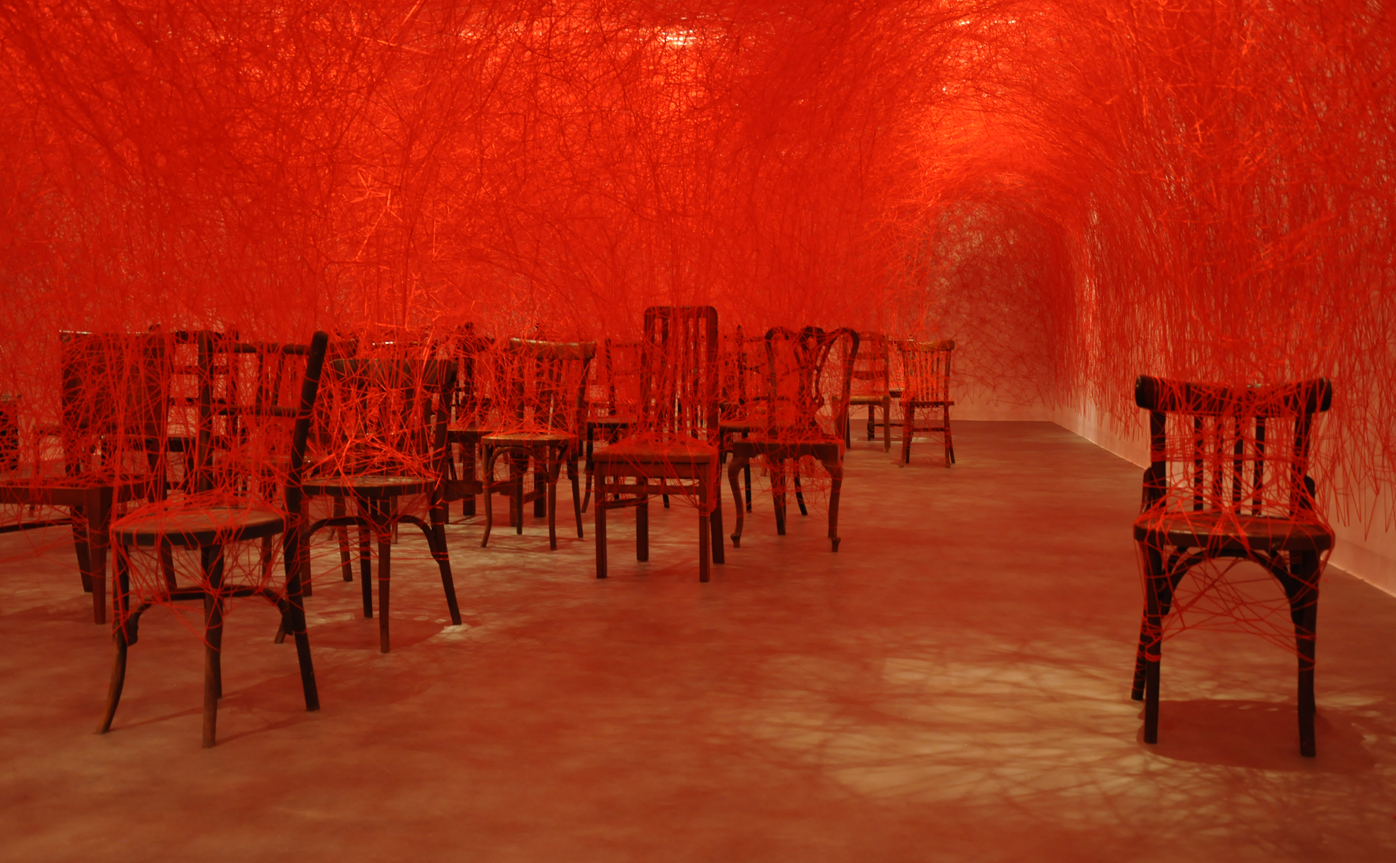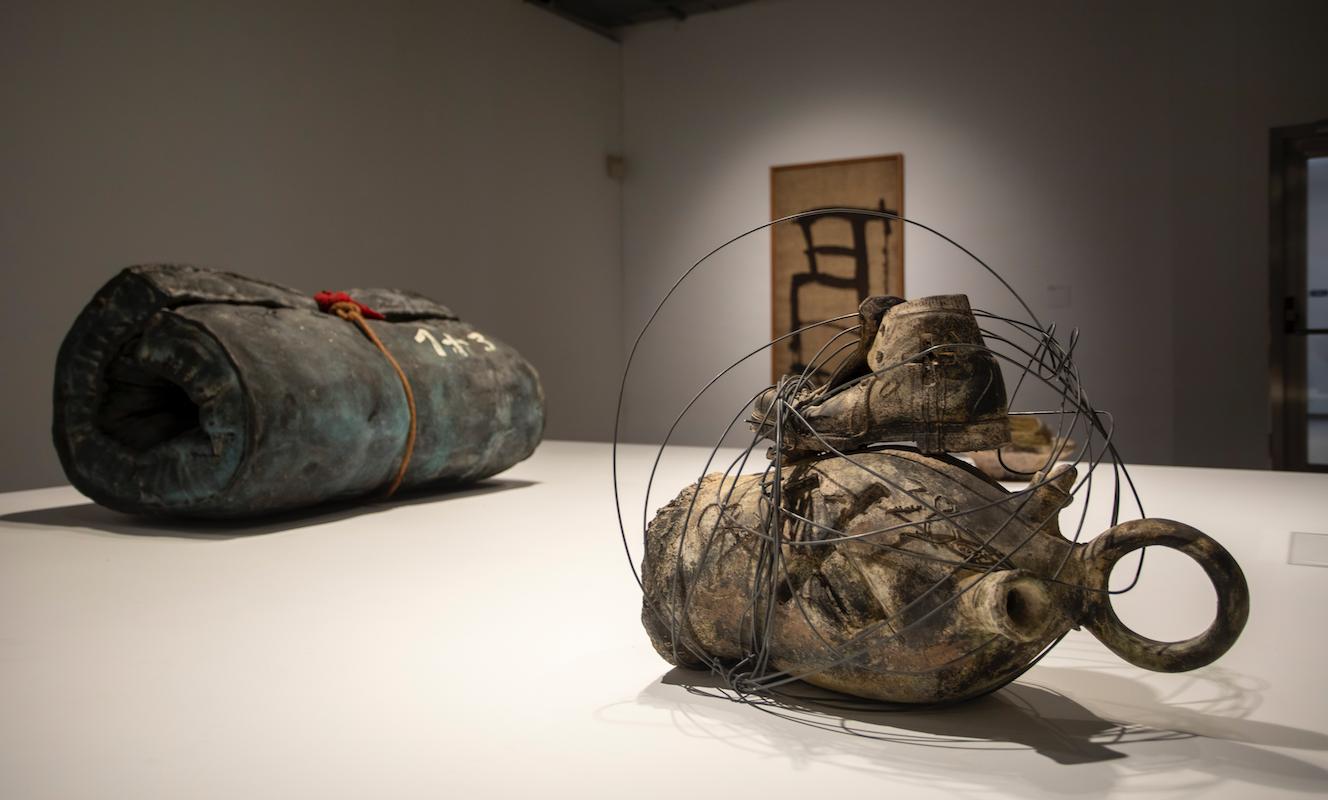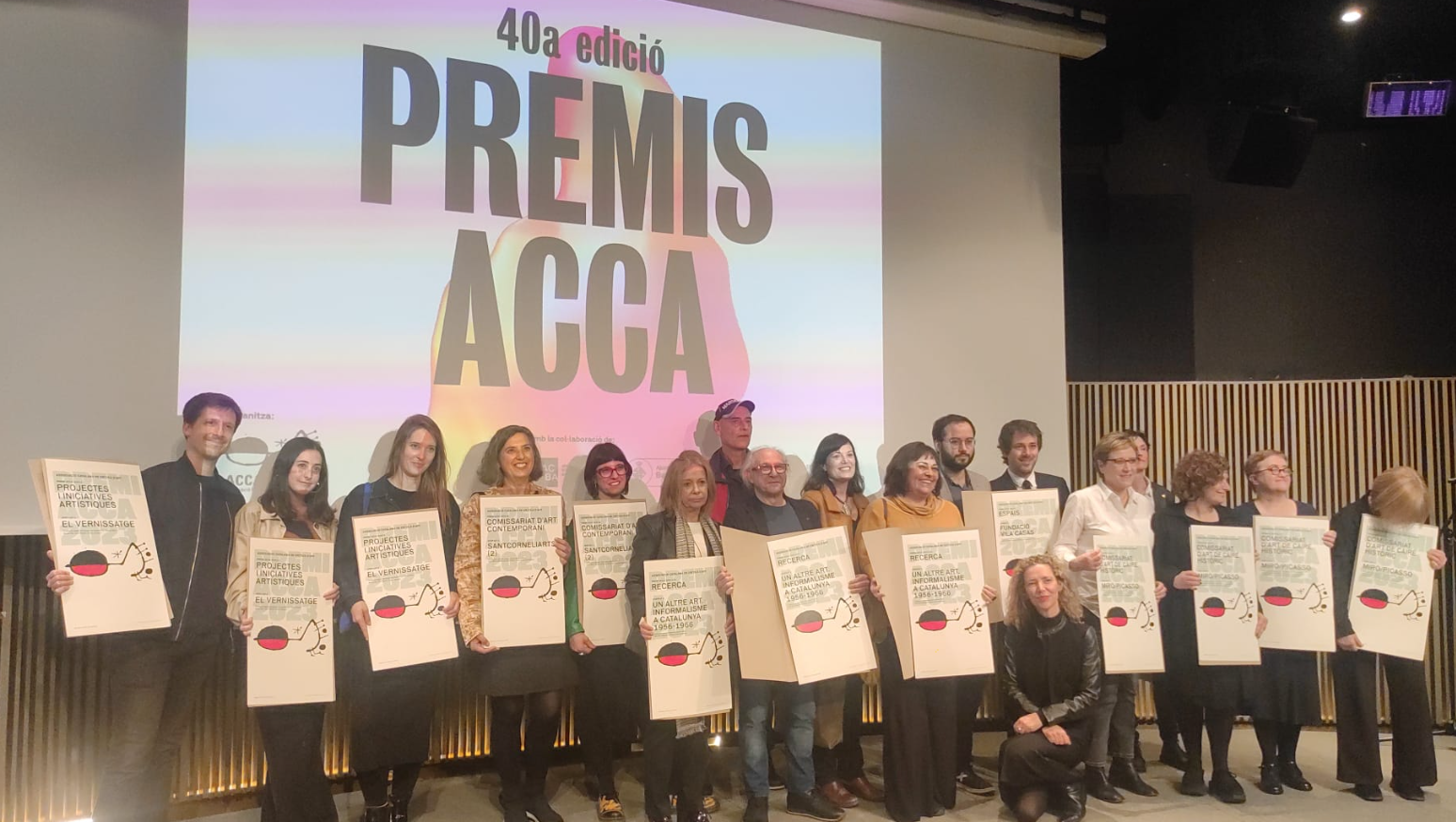Exhibitions
'You're stupid. Political and social commitment' at the Sant Boi de Llobregat Museum
The exhibition “Tàpies. The political and social commitment" captures the link between the artist and Sant Boi de Llobregat. It gathers works from the Sant Boi Municipal Contemporary Art Fund, original posters, photographs and artist books that show the political and social commitment of the artist
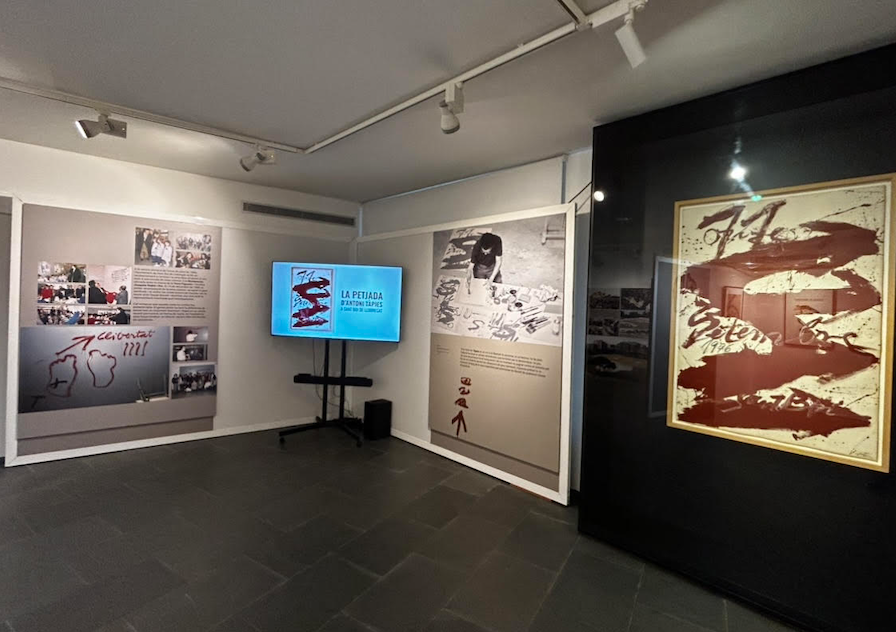
Throughout the year 2024, the centenary of the birth of Antoni Tàpies (Barcelona, 1923-2012) is celebrated. The aim is to recover the artistic legacy and validity of his work, to create a re-reading from a contemporary perspective, while helping to understand with today's eyes an artist who is still alive thanks to his important contributions.
On this occasion, the Sant Boi de Llobregat City Council wants to join the tribute events to echo this commemoration with the Antoni Tàpies exhibition. Cries of freedom Political and social commitment. And he does it because this population has a very close connection with this artist.
Tàpies was an artist committed to his time and always remained linked to the civic, political, ethical and moral concerns of each moment. An attitude of solidarity that was accentuated with his contribution to the anti-Franco and pro-democracy campaign of the late sixties and early seventies, whose works have a marked character of denunciation and protest. Complex socio-political moment in which Catalonia claimed, through its artists, its own cultural reality. He gave voice to numerous struggles, resistances and longings of civil society, not only at the national level but also internationally. The Catalan artist is aware that art must show its era what its own era hides.
The presence of Tàpies in the public sphere is evident through works located in spaces that interact between the context and the community. In this sense, Catalonia occupies a central space in all his work. The most frequent references and the most passionate Catalan symbols appear in the last years of the Franco regime. His work is closely linked to the history of Catalonia and the circumstances that the country experienced, to which he remained loyal and staunch defender.
This is the case of the pavement in Plaça de Catalunya in Sant Boi de Llobregat in memory of the celebration of September 11, 1976; the first large demonstration authorized in democracy of the National Day of Catalonia in which more than 100,000 people gathered. The location was chosen because Rafael de Casanova, chief councilor of Barcelona, is buried in the parish church of Sant Baldiri. When the urbanization process of the square began, in 1983 Antoni Tàpies created a work to commemorate this event and the first moments of the transition in a shared way. For its realization, Tàpies counted on the collaboration of the ceramist J. Gardy Artigas and collects in its design fundamental aspects of the Catalan demands. Tàpies commented: "It gives me great excitement and satisfaction to carry out this project, since I still remember with great emotion and in great detail, the exact place in which I was located in the historic Diada". In the same concentration, the musician Oriol Martorell led the collective singing of Els Segadors, for which a monument is dedicated to him in the same square, the work of sculptor Artur Aldomà Puig (1998).
The ceramic mosaic is constructed using gray and ochre-toned pieces. It depicts four horizontal arrows pointing to the right, linked and united by a large capital letter. On the upper part of the first arrow it reads "Eleven", both in number and in letters, between the second and third arrows "September" and "1976" and above the last "Sant Boi"; a set that recalls the footprint of material and gestural informalism. The use of ceramic materials became quite common from the 1970s.
Parallel to the pictorial and object production, from the decade of the sixties Tàpies developed an intense activity in the field of the poster. His work has always been open to the social, political and cultural events of the moment. For this reason, the exhibition wants to have an impact on this creative field in which it manifests an implicit adherence to the defense of democracy, justice, freedom of expression and reporting against violence. About fifteen posters from different stages are shown that bring us closer to their ethical and political complicity, and also reveal to us the evolution of a language that remains faithful to its origins. Culture and political challenge serve him to maintain a strong symbolic link between text and image to make the message comprehensible.
The exhibition also gathers several photographs of Antoni Tàpies working on the September 11 poster in Sant Boi (1983), taken by Martí Gasull. The original of this poster is owned by the Sant Boi de Llobregat City Council, which produced it to present the mosaic of Antoni Tàpies and Joan Gardy Artigas in memory of September 11, 1976 in Plaça Catalunya de Sant Boi from Llobregat
All of Tàpies' work is a cry for freedom: personal, collective and national. Tothora has always been a vindictive artist who has fought for democracy and peace. He experienced first-hand the Franco system and at all times fought against the system to raise a cry of warning in the face of situations of serious repression. She maintained this attitude throughout her career to stand up to any type of injustice.





